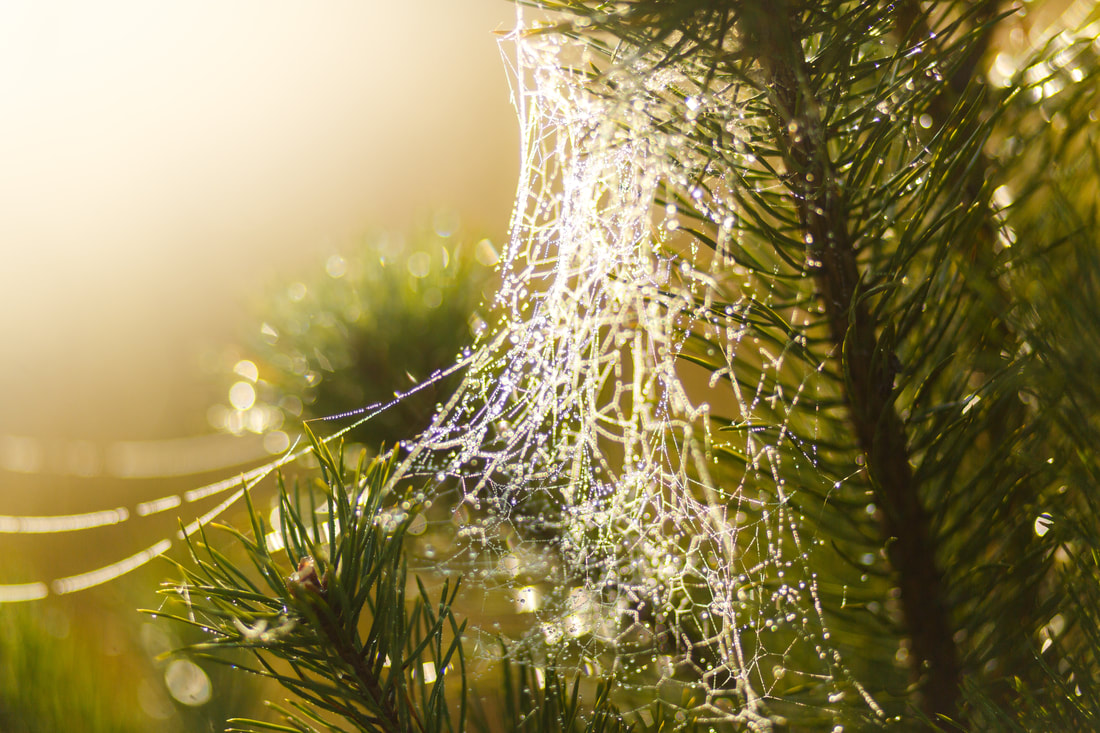 The Christmas Spider is a Ukrainian folk tale that tells the story of a poor family who couldn't afford to decorate their Christmas tree. One evening, a spider crawled up the tree and began spinning webs all over it. When the family woke up on Christmas morning, they saw that the spider had turned the tree into a beautiful, shimmering work of art, covered in silver and gold webs. In the story, the spider is seen as a symbol of hope and perseverance, reminding us that even in difficult times, we can find beauty and joy. The story is often used to teach children about the value of hard work and the importance of being grateful for what we have. In Ukrainian tradition, it is also believed that the Christmas Spider brings good luck to the household and protects against evil spirits. Some people even hang small, spider-shaped ornaments on their Christmas trees toto honour this tradition 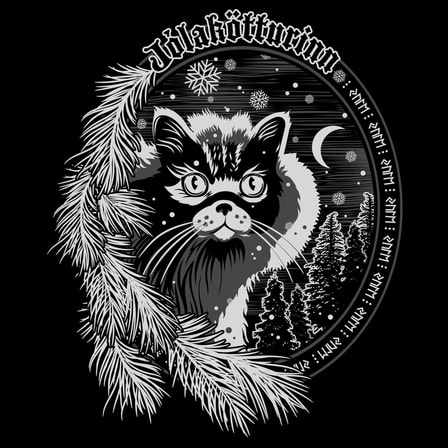 The Yule or Christmas Cat is a figure from Icelandic folklore. According to legend, the Christmas Cat is a large, black feline that lurks around homes on Christmas Eve, waiting to pounce on anyone who has not received new clothing as a gift. The story is meant to encourage people to be generous and give gifts to others, particularly during the holiday season. In Icelandic tradition, it is believed that the Christmas Cat is the pet of the Yule Lads, a group of mischievous, gift-giving figures who visit homes during the Christmas season. The Yule Lads are said to leave small presents or treats in the shoes of children who have been good, and rotten potatoes in the shoes of children who have been naughty. There are many variations of the Christmas Cat legend, and it is not as well-known or widely celebrated as some other Christmas traditions. However, the story serves as a reminder of the importance of giving and sharing with others during the holiday season. 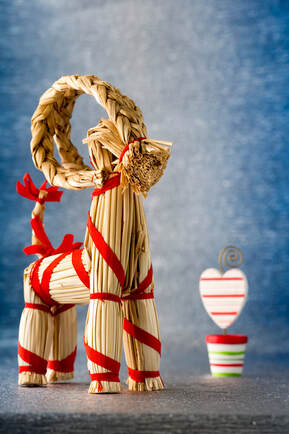 The Yule Goat is a figure in Scandinavian folklore that is associated with the Christmas season. According to legend, the Yule Goat is a mischievous creature that visits homes on Christmas Eve to deliver gifts to children. In some versions of the story, the Yule Goat is accompanied by elves or other helpers. The origins of the Yule Goat tradition are somewhat unclear, but it is thought to date back to ancient Norse mythology. In the past, the Yule Goat was often portrayed as a fearsome figure who demanded that people offer him gifts or risk being punished. However, over time, the Yule Goat has become more closely associated with the holiday season and is now seen as a friendly, gift-giving figure similar to Santa Claus. In Scandinavian countries, it is traditional to leave out food and drink for the Yule Goat on Christmas Eve, and children often leave out a pair of shoes or socks to be filled with small gifts or treats. Some people also decorate their homes with Yule Goat-themed decorations or hang small, goat-shaped ornaments on their Christmas trees. 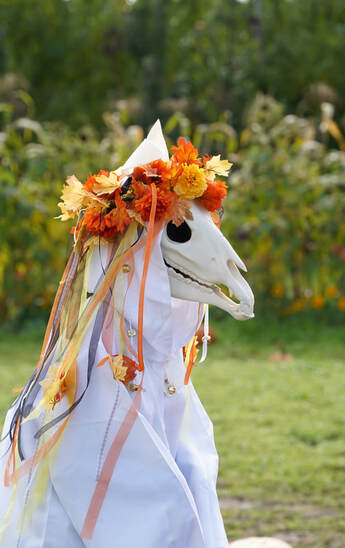 Mari Lwyd (pronounced "MAH-ree LOO-eed") is a traditional Welsh folk custom that is practiced around Christmas and New Year's. The tradition involves a group of people going door-to-door, singing carols and performing a play that involves a horse's skull on a pole. The Mari Lwyd is a horse's skull, which is traditionally adorned with ribbons and other decorations. It is carried by a person who is dressed in a white sheet, and the group is accompanied by musicians who play traditional Welsh instruments. The group goes from house to house, singing carols and performing the play, which usually involves a challenge or contest of some kind. The origins of the Mari Lwyd tradition are somewhat unclear, but it is thought to date back to the Middle Ages. Some people believe that the Mari Lwyd represents the spirit of the horse, which was an important animal in Welsh folklore. Others see it as a way of celebrating the end of the year and welcoming in the new one. The Mari Lwyd tradition is still practiced in some parts of Wales, and has become something of a tourist attraction. It is an important part of Welsh cultural heritage and is a unique way of celebrating the holiday season. 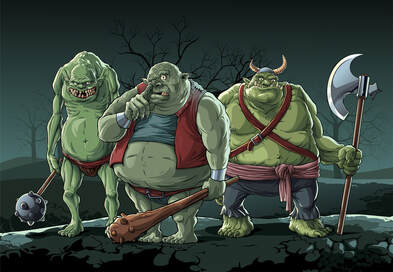 Kallikantzari (also spelled Kallikantzaros or Calicantzaros) are creatures from Greek folklore that are associated with the Christmas season. According to legend, Kallikantzari are mischievous, goblin-like creatures that spend most of the year underground. However, they come up to the surface during the Christmas season, causing mischief and causing trouble for humans. The Kallikantzari are said to be responsible for a variety of things, including causing fires, destroying crops, and causing animals to become sick. They are also believed to be able to shape-shift into various forms, including animals and humans. In Greek tradition, it is believed that the Kallikantzari are kept in check by the light of the Christmas candles, which are lit on Christmas Eve and burn throughout the holiday season. It is also believed that the Kallikantzari will return underground once the Christmas season is over. The Kallikantzari are an important part of Greek folklore and are often used to teach children about the importance of behaving well during the holiday season.
0 Comments
Leave a Reply. |
Why the Christmas Lace Notes?2023 has come along and this is the second year of my lace notes. All kicks off on 15th November with the first of this year's Chrismas movies. One a day, every day until Christmas. Archives
December 2023
Categories
All
|
